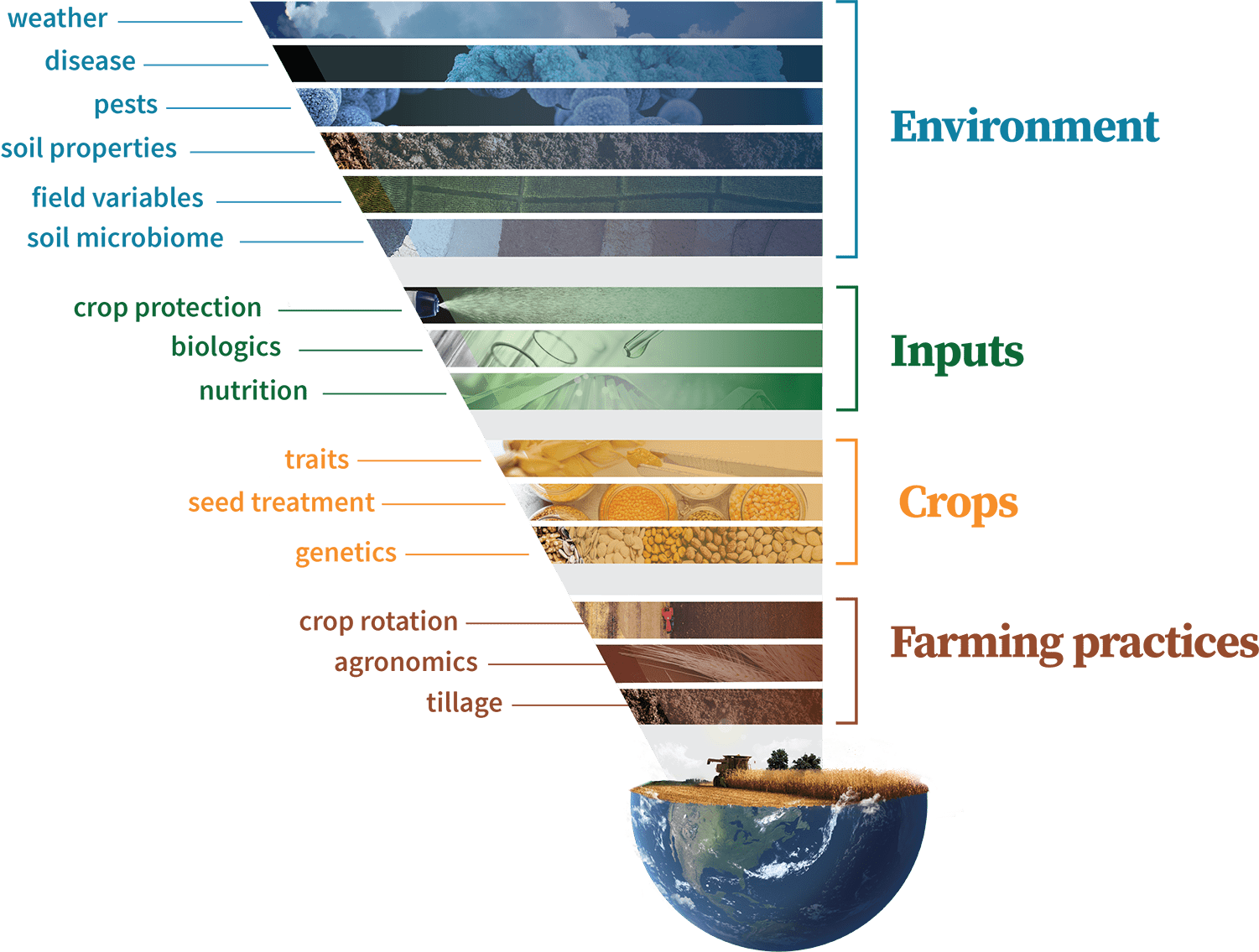Commercializing new products has many challenges. It’s important to deploy a disciplined process to ensure new products make it to a successful launch. Planning at the onset can help avoid many common pitfalls and wasting valuable time and money. There are seven steps to consider when moving innovations toward commercialization.
- ROI is your goal, your investors’ goal, and every growers’ goal—delivering to all levels leads to successful commercialization. Underestimating the cost of goods sold or the value to the grower can cut profits at both ends.
- Manage and allocate limited resources—money and time. Even the largest multinational companies face resource allocation challenges. Resisting the urge to cut corners is paramount to avoid missteps or quality reductions. Identifying and maximizing internal strengths while accessing external expertise can accomplish timely results. This is not an exercise of “Good, Fast and Cheap, choose two.” These three manageable elements of time, money and quality must also consider the scope, impact on stakeholders and user satisfaction for long-term success.
- Focus and stay disciplined—avoiding opportunistic diversions of more uses, more markets or more targets can help stay on track within allocated resources. The first course of action is to generate revenue with a successful launch. The first market may not be the biggest opportunity but consider the fastest or easiest to enter.
- Define efficient regulatory pathways—required testing for safety and label registration plus variable rules by state or country.
- Define product position with scientifically proven results from reliable and consistent data over many seasons and many locations. Structured protocols and disciplined analysis lay the foundation for best use practices on the farm. How will the biocontrol fit into the on-farm cropping system? Will the new technology require changing common practices or misinformed perceptions? Analyzing markets and segmenting best uses will help focus on early adopters. Defining the true customer will help realize the fact that 20% of customers deliver 80% of profits. But never underestimate the power of tradition and local loyalty. Engaging and convincing Key Opinion Leaders including sales agronomists and consultants can keep them from “unselling” the farmers. Change may seem good, but it is always difficult.
- Consider complexities of production agriculture—unknown environmental factors along with evolving competition and barriers to entry. The critical, complex variables that influence crop productivity and yield include local farming practices, the cropping system, inputs and the ever-elusive environment.

- Differentiate benefits by application, crop or geography—Meeting the needs may go beyond cost-effective or proven solutions; the needs may include ease of application or convenience, as well as quality and yield. The value proposition may vary by market segment and channel partners. Engaging and rewarding the sales channel is critical. Margin expectations are important benefits to the retailers, just as performance and value are essential to farmers. Defining the value should not be cost of goods plus margin, nor should the basis be replacement of current practices. Instead, price optimization is based on perceived value when benefits are clearly known and proven. Back to ROI!
Development of biological products backed by deep scientific performance proof and Best Management Practices delivers practical, productive and profitable uses in production systems whether on the farm, in the greenhouse or in an indoor vertical operation.
When your new biological crop input technology is ready for development, turn to AgriThority® for the strategic and scientific business, market, and product expertise that can make the difference between a great idea and a breakthrough. Our global footprint, combined with our deep understanding of market and producer dynamics, helps move your innovation from the laboratory to market.


